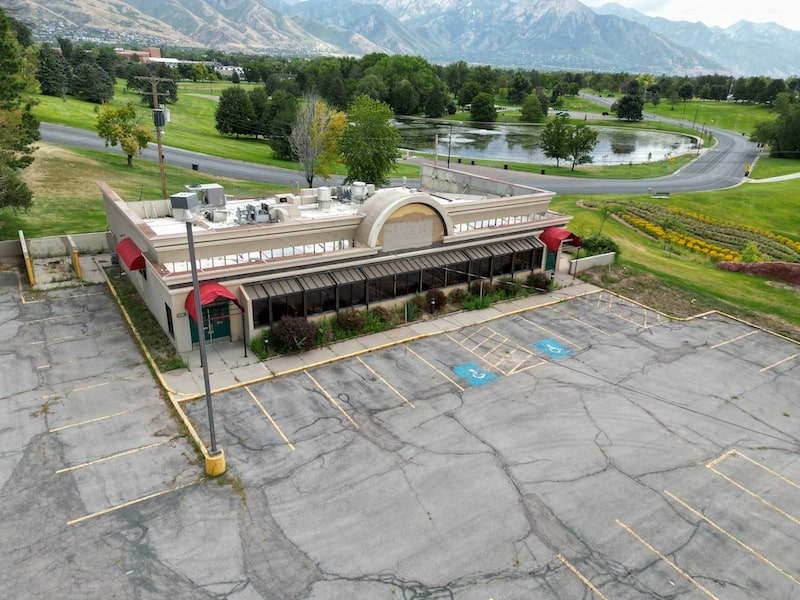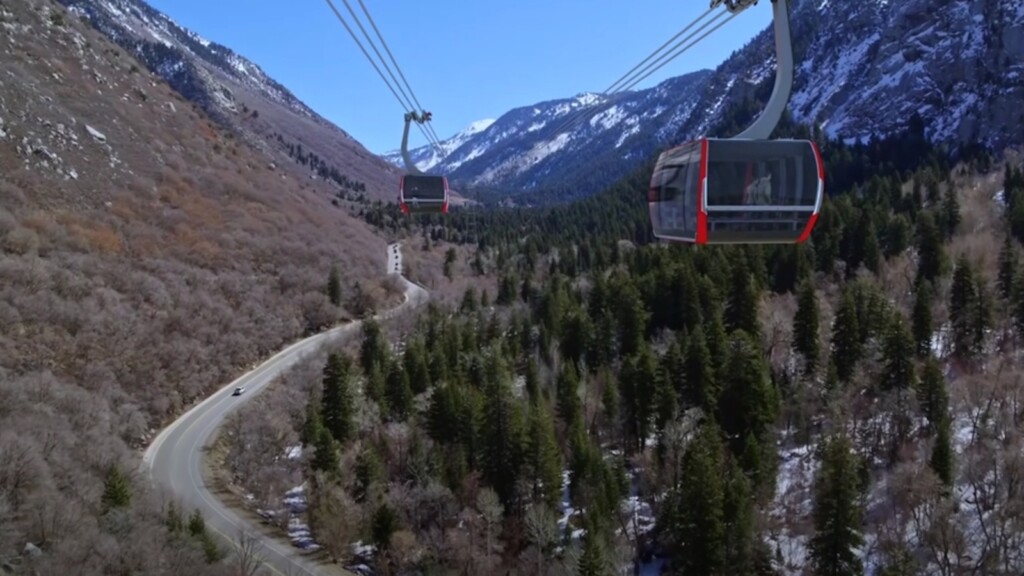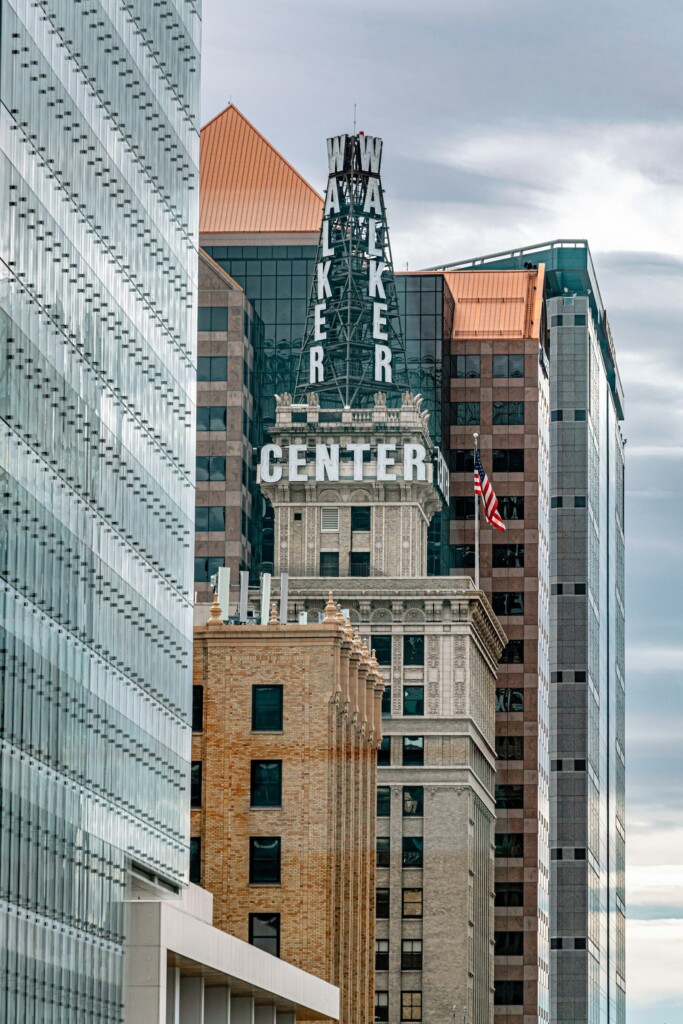
Gas Station proposed for corner property.
In February earlier this year, Nathan Abbot, representing Galloway US, submitted a conditional use proposal to the SLC Planning Commission to build a Kum & Go convenience store and gas station on the parcel adjacent to the Sego Lily Plaza and the Draw at Sugar House Park (2111 South 1300 East). If the proposal is approved, it is assumed that the property owner, Romney Farr, will lease or sell the property to the Kum & Go Corporation for development.
For those who aren’t familiar, the Draw at Sugar House is both an art installation and a corridor for pedestrians and cyclists connecting Hidden Hollow and the business district to Sugar House Park. Of equal or greater significance, it doubles as a spillway and highly-engineered earthen dam for flood water from Parley’s Creek. The public art installation, entitled ‘Sego Lily’ (also known as Sego Lily Plaza), was designed by world-renowned environmental artist Patricia Johanson, and was constructed on top of the earthen dam, ‘Draw at Sugar House’.
Some Sugar House residents hope that preserving the integrity of the dam will be of utmost importance to the leaders of the Sugar House Park Authority, which is jointly governed and funded by Salt Lake City and Salt Lake County. Building a gas station would involve digging to install several underground gas tanks, which are known to leak. And a leak would contaminate and degrade the water quality in Parley’s Creek as well as the downstream watershed the creek runs into.
Beyond protecting the dam and the purity of the water in Parley’s Creek, many residents are concerned that the Sego Lily art installation will be adequately protected as well. The artist and designer of ‘Sego Lily’, Patricia Johanson, wrote, “I would hate to see a gas station overlooking the ‘Sego Lily.’ It would be disruptive with cars and trucks pulling in and out all day and all night, and disturb the tranquility of the current scene. The [former] Sizzler site really should become part of Sugar House Park.”
Parley’s Trail board member, Lynne Olson, said, “Incorporating the corner lot into the park would honor the beautiful legacy of the people who decided the lot should become a special public park — the largest park in the area — after removing the prison.” Sugar House Park was developed in 1957 after the old State Prison, which formerly occupied that lot, was moved to the point of the mountain.
Lynne Olson, who is also a Sugar House resident, said, “There’s so much more at stake than additional green space. It’s about protecting the earthen dam and cherishing the beautiful environmental art. Few people grasp that the dam is an incredibly significant and important piece of public art and necessary infrastructure. The engineers and designers were brilliant. If you go around digging up the soil behind that earthen dam, it’s just common sense that’s a dumb thing to do.”
There has not been a public update since the call for public comment in March. Many Sugar House residents are wondering what is happening, particularly if the developer has progressed their plans. If changes are made to the conditional use proposal, they hope they will be publicized so there can be a public response.
Sugar House residents engaged on this issue want concerned Utah Stories readers to make phone calls to both the Salt Lake City and Salt Lake County Mayor’s offices letting them know the property should be incorporated into Sugar House Park and to preserve the integrity of the dam by not approving the gas station proposal. Below are links to contact their offices.
Salt Lake County Mayor Jenny Wilson: 385-468-7000
Salt Lake City Mayor Erin Mendenhall: 801-535-7704
Salt Lake City Planning Division: 801-535-7700
RELATED CONTENT
Sugar House Restaurant Site for Sale at 5.5 Million Dollars
Transformation of Sugar House and Its Impact on Small Local Businesses
SUPPORT LOCAL JOURNALISM AND SUBSCRIBE TO PRINT MAGAZINE
Subscribe to Utah Stories weekly newsletter and get our stories directly to your inbox





